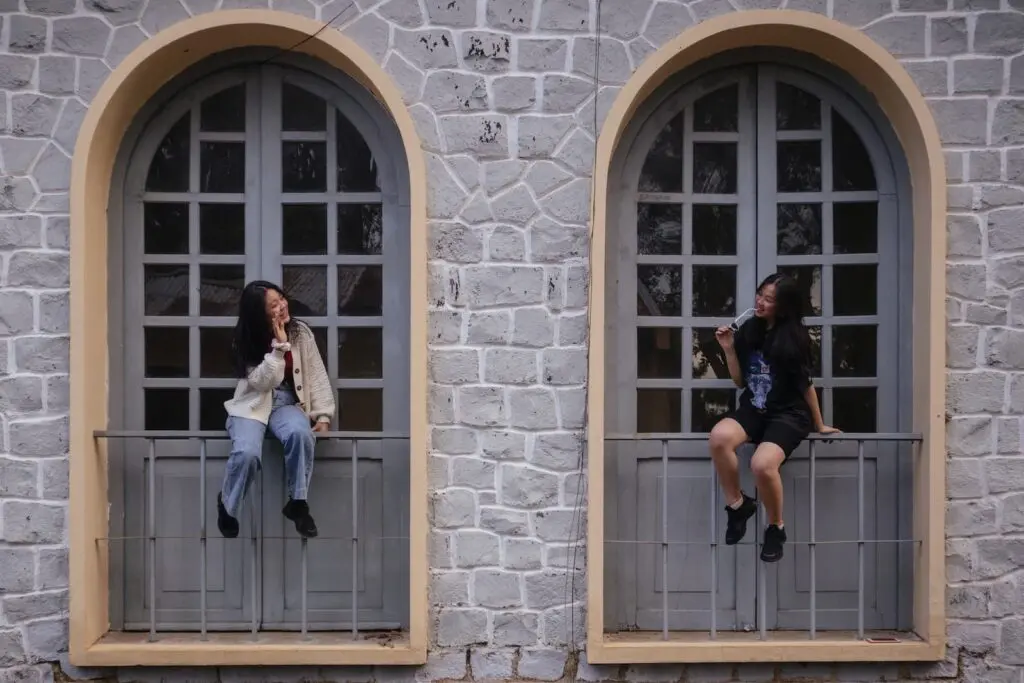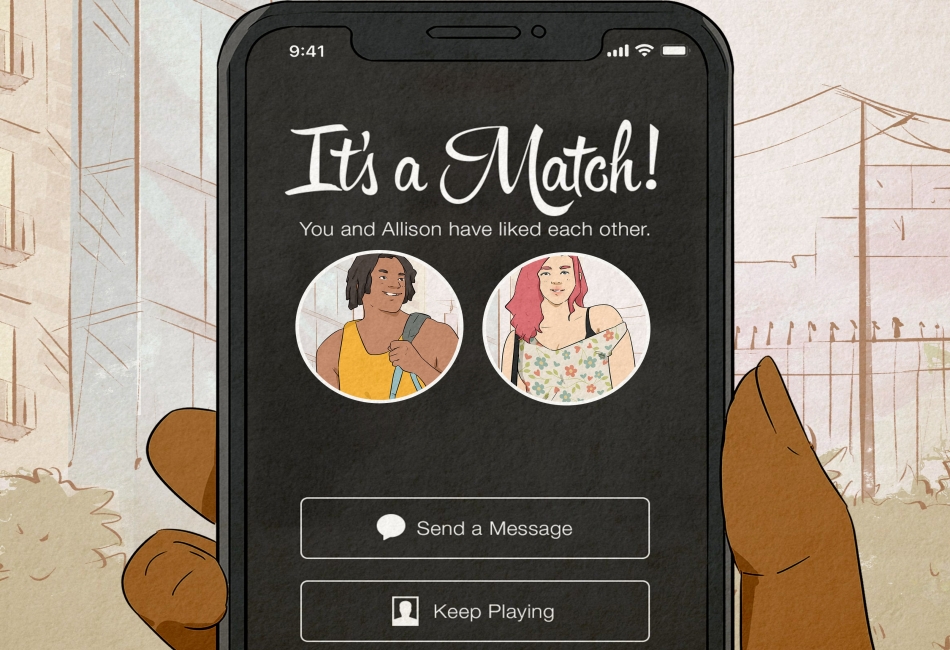Discover unique and fun ways to respond to greetings to keep your conversations exciting and engaging.
Ever get caught like a deer in headlights when someone greets you, and you’re not sure if you should go with a classic “hello,” a casual “hey,” or maybe something wacky? Fret not! This guide will keep you rolling in responses, whether you’re aiming to be professional, playful, or just plain peculiar. So, buckle up your conversational seatbelt and let’s dive into the delightful world of greeting replies.
Key takeaways:
- Classic responses: Keep it simple yet effective.
- Casual responses: Be laid-back and comfortable with friends.
- Playful responses: Add fun and flair to greetings.
- Professional responses: Stay crisp and friendly in formal situations.
- Cultural responses: Respect cultural nuances in greetings.
Classic Responses

Let’s start with the timeless goldies that never fail. These are your bread and butter, the go-to’s for any greeting scenario. They’re like the comfortable pair of jeans you’ve had for years—they just work.
“Hello” and “Hi” – as straightforward as turning on a light switch. Universal, simple, and effective.
“Good morning/afternoon/evening” – the trifecta of classic politeness. Extra points for time-sensitive acknowledgement.
“How do you do?” – perfect for formal settings or when you’re channeling your inner Victorian.
“Pleased to meet you” – Best for first encounters, sounds like you’re a dash more interested in the meeting!
Sometimes, all they need is a warm smile or nod added to these words to turn the classic into the memorable. Simple, effective, and universally appreciated—these classics are the Swiss Army knives of greetings.
Casual Responses
Hanging out with friends or chatting with someone you know well? Aim for comfort and a touch of familiarity.
- Hey there! Simple, approachable, and universally appreciated.
- What’s up? A classic—and you might get a fun story in return.
- How’s it going? Invites a bit more than just a “good.”
- Yo! Short and to the point. Perfectly cool.
- Sup? A quicker, more laid-back version of “What’s up?”
- Hiya! Adds a bit of whimsy to the mix.
The key? Keep it relaxed. You’re not writing a formal letter, after all!
Playful Responses
Why stick to the mundane when you can sprinkle a bit of fun into your greetings? Imagine someone says, “How’s it going?” Instead of the drab “Good,” try “Living the dream, one nap at a time.” Adds flair, doesn’t it?
Or think about responding to a simple “Hi” with “Howdy, partner!” Suddenly, you’re a cowboy. Yeehaw! It’s all about lightening the mood and making the conversation memorable.
There’s also the intriguing “Oh, you know, just plotting world domination.” Gets a laugh and piques curiosity. Mission accomplished.
For those who dare, channel your inner Shakespeare: “Greetings fair sir/madam, how dost thou fare on this fine morn?” They’ll either chuckle or Google what you said. Win-win.
Let your personality shine and engage others in a way that pulls them out of their routine responses. Playfulness is contagious, after all.
Professional Responses
For that boardroom banter or corporate chit-chat, keep it crisp. A swift “Good morning” followed by the ever-reliable “How’s your day going?” sets a professional tone. It’s friendly but not overly familiar.
“Nice to see you again” works wonders at networking events. It shows you remember them, even if you don’t—fake it till you make it, right?
If you’re on email, “I hope this message finds you well” is the gold standard. It’s polite and professional, sending good vibes through the ether.
On the phone, “Hello, this is [Your Name] from [Your Company]” is the go-to. No one likes mystery callers, save that trick for your fictional spy alter ego.
And here’s a hack: Smiling while you’re on the call. They can hear it in your voice, really!
Cultural Responses
Different cultures have their unique ways of responding to greetings, each involving specific rituals and expressions.
In Japan, responding to a greeting with a bow is common. The depth of the bow shows the level of respect.
In France, a simple “Bonjour” might be followed by cheek kisses, but don’t overdo it – the number varies by region.
In India, you’ll often see the respectful “Namaste”, with palms pressed together. It’s both a greeting and a response.
In Spain, the enthusiastic “Hola” could be met with a double cheek kiss, demonstrating warmth and familiarity.
In the Middle East, a greeting might be returned with “As-salamu alaykum”, followed often by a handshake that’s more laid-back than firm.
Understanding these cultural nuances can help you navigate social situations like a pro.
Automated Responses
Let’s face it: we’ve all encountered those robotic auto-responses. They’re annoyingly efficient yet somewhat charming in their monotony. So, what’s the deal with these pre-programmed greetings?
Firstly, they’re time savers. No need to draft new messages for every “Hi, how are you?” Instead, hit ‘send’ and carry on with your coffee break.
Secondly, they ensure consistency. Your client always receives the same warm, welcoming tone, no matter how grumpy you feel that day.
And let’s not forget the convenience factor: whether you’re on vacation, in a meeting, or just binge-watching your favorite series, automated messages keep the conversation going without you lifting a finger.
Lastly, they’re incredibly customizable. Tailor them with just the right amount of charm, sass, or professionalism that suits your style. Just avoid the overly formal “Greetings, esteemed colleague” unless, of course, you’re a time-traveling Victorian writer.
Non-Verbal Responses
Nodding is the all-star of non-verbal responses. Simple, efficient, and universally understood. Add a smile, and you’ve got a winner.
A thumbs-up is another solid contender. Informal but positive, often seen as a quick ‘hello’ or ‘thanks.’
For a touch of flair, try the wave. A small, casual wave can acknowledge someone’s greeting without requiring spoken words—versatile and friendly.
Eye contact paired with a brief smile can speak volumes. It’s like saying, “I see you, and I acknowledge you,” without uttering a single syllable.
Then there’s the ever-popular peace sign. Throw it up for a cool and relaxed vibe.
Lastly, the head tilt. A subtle, understated acknowledgment. It’s perfect when you want to keep things low-key.
Unexpected/Funny Responses
Picture this: someone says, “How are you?” and you reply, “Living the dream, just not mine.” Unexpected and funny responses can add a dash of spice to mundane greetings.
It’s all about breaking the routine, injecting a bit of humor, and catching folks off guard—in a good way. You could respond with, “Better now that you’ve asked,” or “Surviving one caffeine hit at a time.”
Next time, try “Just won the lottery, now shopping for islands,” or “If I were any better, vitamins would have to take me!”
Quick-witted and lighthearted responses make interactions memorable. They show personality and can instantly boost someone’s day.
So, dare to be different! Why settle for “fine” when you can be fabulous… and funny?
Minimalist Responses
There are times when less is more. Enter the world of minimalist replies, the haikus of conversational exchanges.
First up, the classic nod. This tiny head tilt communicates volumes—acknowledgment, understanding, and an implied “hello.” Perfect for when you’re too cool for words.
Next, there’s the ever-reliable “hey.” Four little letters that say, “I see you, I acknowledge you, but let’s not make this a thing.”
Then you’ve got the wave. The beauty of the wave is its versatility. Is it a “hi,” a “bye,” or just checking if you’re still alive? Yes, it’s all of those.
Finally, the eyebrow raise. Ideal for when your hands are full or your mouth is busy chewing, this tiny gesture conveys awareness without uttering a single syllable.
Minimalist responses are the zen garden of social interactions—simple, effective, and perfect for those who believe in conversational feng shui.





